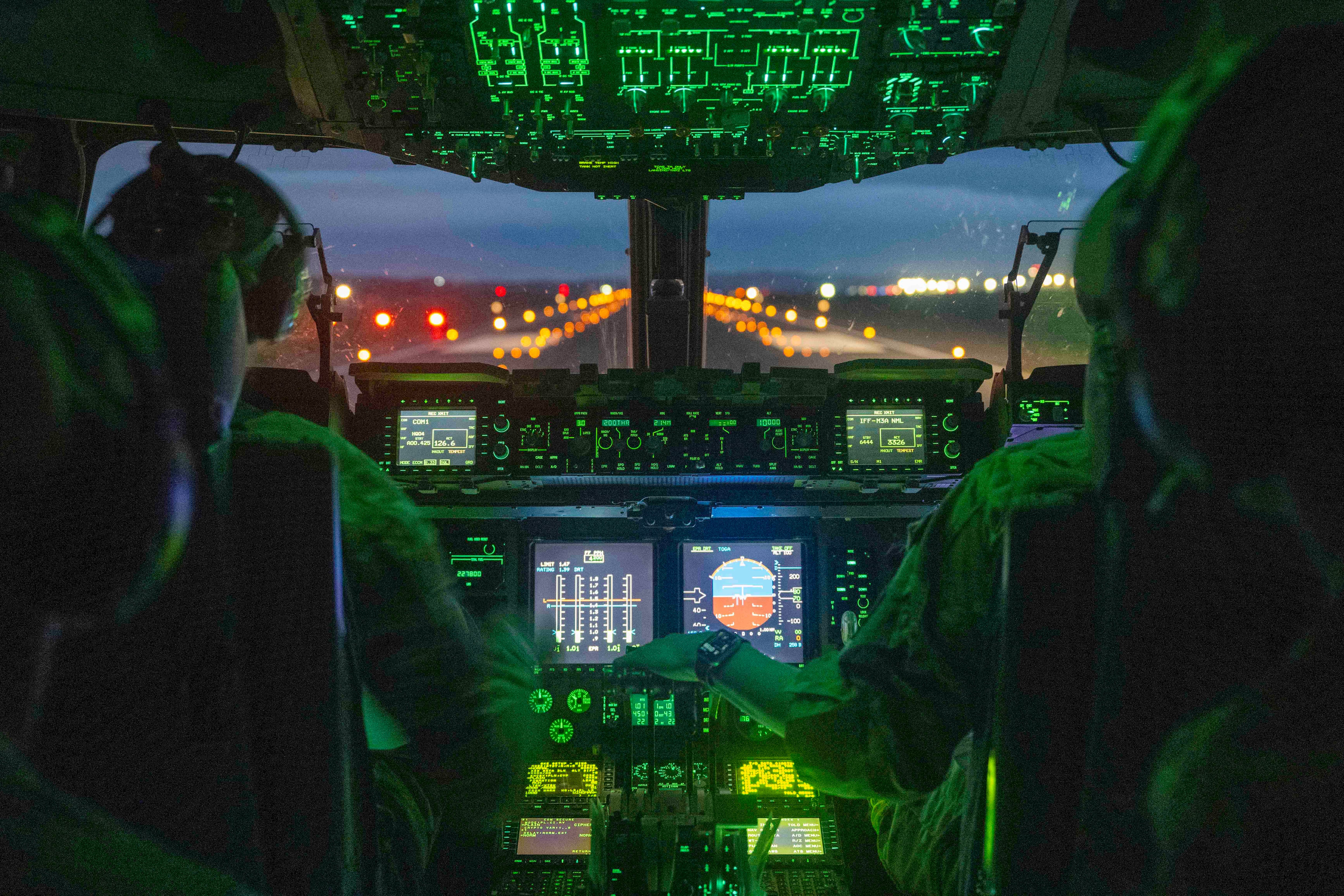When the Air Force launches three new air task forces this summer, it will take its next step toward a long-desired goal: building more capable teams to fight America’s wars while maintaining a more predictable deployment cycle for airmen and their families.
The experiment aims to reimagine how the Air Force responds to unabated demand for air power in the post-9/11 decades as it gears up for a new era of military competition — and possibly war — in the Pacific.
RELATED
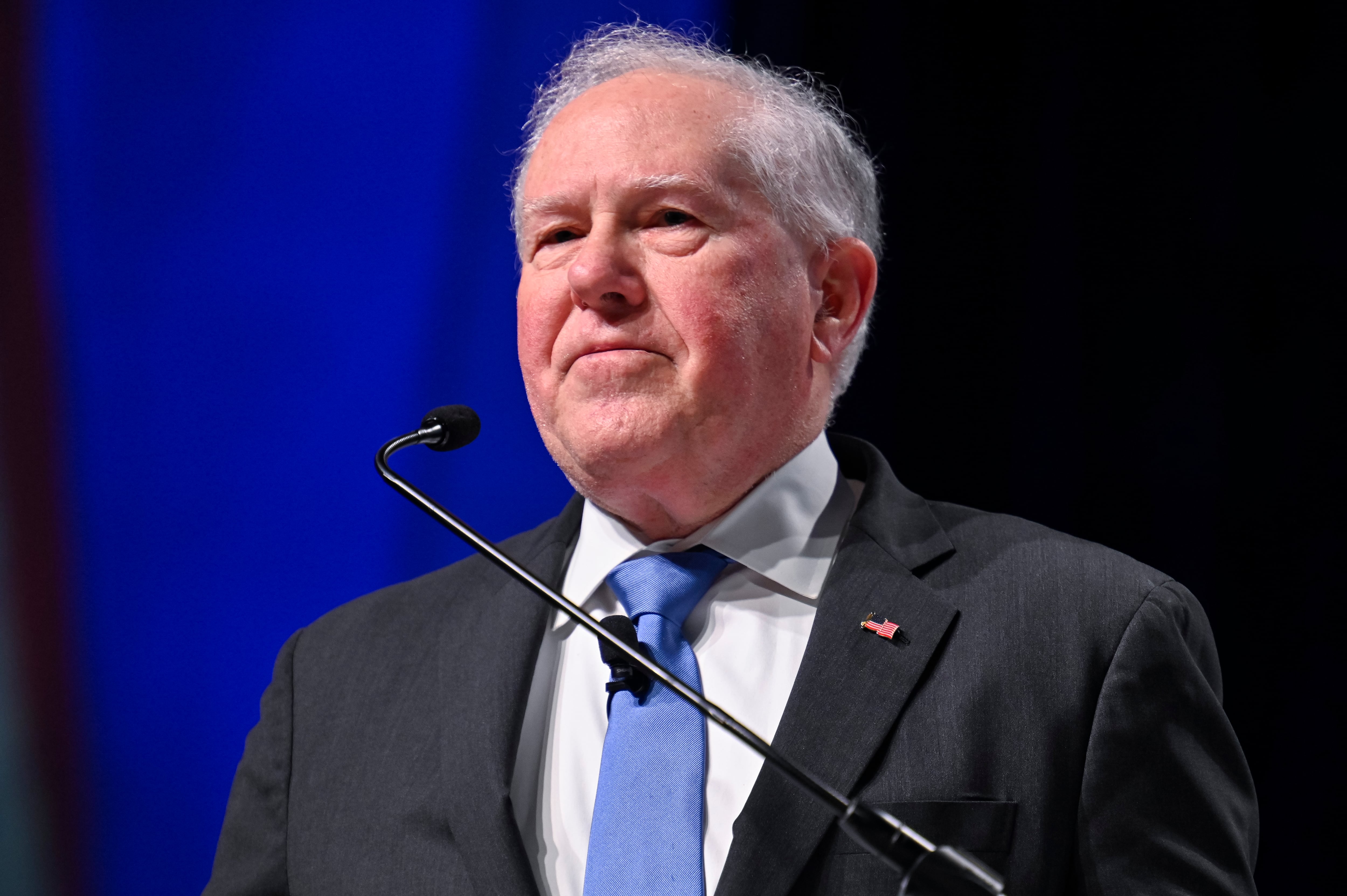
For many airmen, the shift may boil down to a different patch on their uniform. But Air Force leaders argue the plans could eventually mark a sea change in how the service provides options to the joint force, asks Congress for resources and looks out for troops and their families.
“If you operate in a high-tempo, very stressful combat situation … you’re going to need a team that is trained together, knows one another, is on the same page of tactics, techniques and procedures and trusts one another,” said Doug Birkey, executive director of the Mitchell Institute for Aerospace Studies. “That demands a far more integrated approach.”
The path to the future force starts at home.
Most Air Force bases now are run by a single wing that manages daily combat training operations and routine installation life, such as medical care, law enforcement and finance. Some, like Joint Base Langley-Eustis, Virginia, have two: one wing that handles the combat mission, plus an air base wing that runs the support functions.
The air task force project looks to move more of the service’s installations to that second model, with a mission-focused wing and a separate unit that runs garrison functions, an Air Force spokesperson told Air Force Times.
For instance, at an installation like Mountain Home Air Force Base, Idaho, run by the 366th Fighter Wing, an air task force would seek to split that governance into a fighter wing plus a separate air base wing or group, a service spokesperson said.
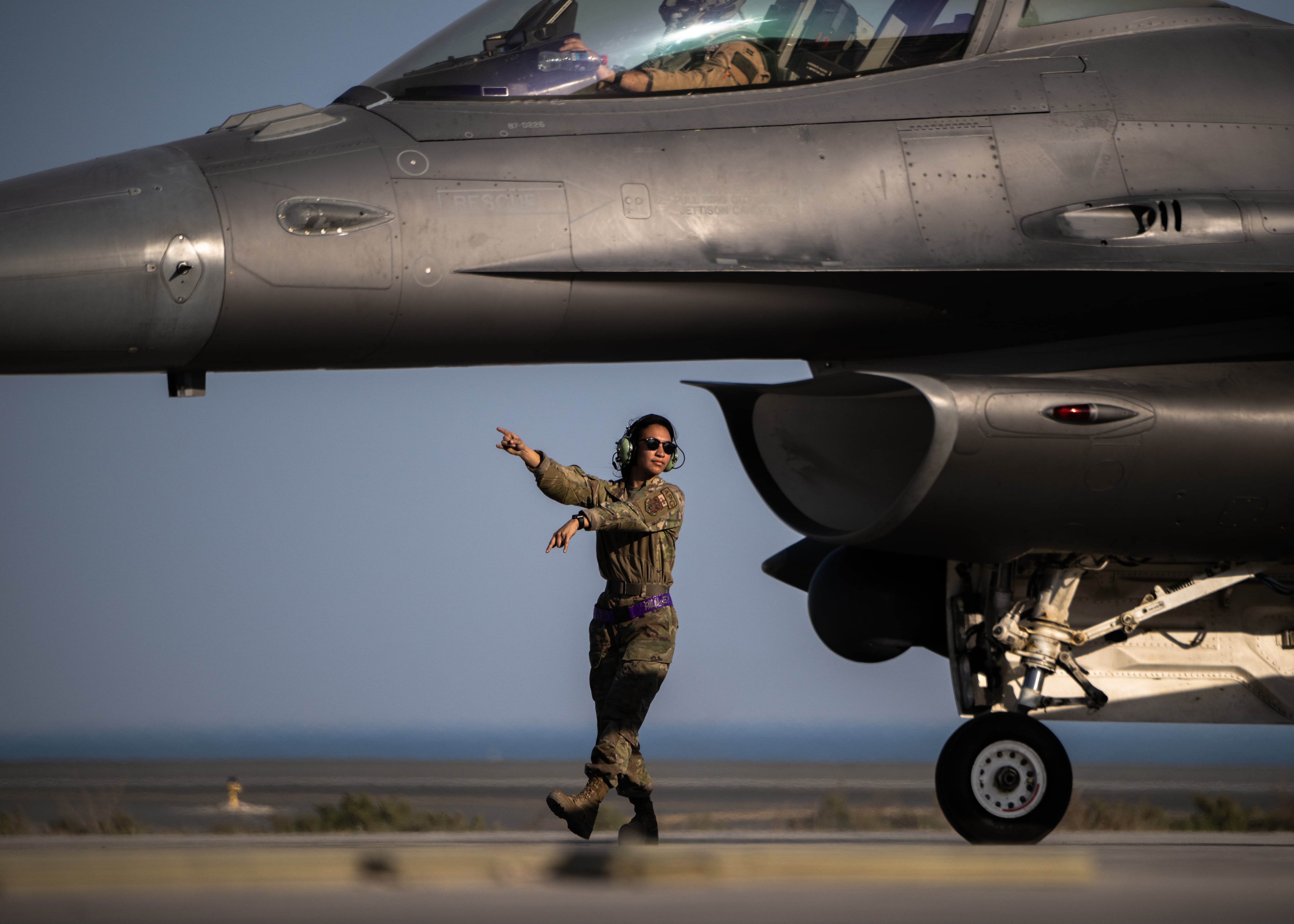
Those wings would be available to answer the needs of a combat commander on a rotational schedule, without robbing the base of the necessary manpower to support its needs — similar to the functions of an Army garrison.
Air task force commanders will consider what resources an operational wing would need to be able to pick up from home station, leave a full air base staff behind, and deploy overseas. The combat and air base units would fall under two separate command staffs at each installation.
Each task force will include an air staff to lead the daily training, care and feeding of airmen; a mission layer, typically comprised of fighter, bomber or airlift squadrons; and a combat support staff, which will handle base operations like running an airfield and managing communications networks. The goal is to come up with packages that are self-supporting abroad while keeping regular life running smoothly at home.
The first three task forces will start the 24-month preparation-and-deployment cycle this summer to get ready to head overseas together starting in fall 2025.
Two task forces will deploy to U.S. Central Command, and another to U.S. Indo-Pacific Command, Lt. Gen. Adrian Spain, the service’s deputy chief of staff for operations, told a crowded room during the Air and Space Forces Association’s Air Warfare Symposium outside of Denver, Colorado in mid-February. The Air Force did not reveal its first task force leaders and locations by press time.
The command element of the new air task forces will start work this summer, said Brig. Gen. David Epperson, director of current operations at the Air Force’s Pentagon headquarters. A sustainment team of about 100 to 150 airmen from two to three bases will begin training together in fiscal year 2025, ahead of deployment in fiscal year 2026.
When those units head overseas, they’ll do so with people they know from home and through months of training, and under a familiar wing commander instead of reporting to someone new. They could join other forces at a permanent base in a different country, or set up shop somewhere more remote.
The model is similar to how the Navy deploys carrier strike groups composed of an aircraft carrier alongside an armada of smaller ships and an air wing.
The idea aims to offer a better prepared set of airmen to regional commanders following the service’s new combat readiness rotation, known as Air Force force generation, or “AFFORGEN,” a two-year cycle that includes 18 months of training and maintenance followed by a six-month availability for missions abroad.
“What we’re trying to continue this evolution toward is a set of conditions that values the airmen, and trains them to be ready for the fight that we know that may come our way. We hope [it] doesn’t, but we need to be prepared for it,” Spain said.

RELATED

What’s in a wing?
The service plans to take the air task force concept a step further by developing three types of wings: deployable combat wings, combat generation wings and in-place wings.
Those wings will form the core of the rotational combat packages the Air Force can offer to commanders around the globe, as well as its permanent party units at each base. Elements of the air task forces will be incorporated into the operational wings over time.
A deployable combat wing would look like Mountain Home, which trains together a under wing commander at home and can pick up and go as one unit.
“All of that structure is at one location, training together throughout the entire Air Force force generation cycle, so they know how to work together,” said Brig. Gen. David Epperson, director of current operations at the Air Force’s Pentagon headquarters. “The command-and-control knows and understands all the elements, and they really can hit the ground running.”
Spain added that a deployable combat wing would bring its entire mission along, but leave a minimal level of installation support behind to maintain daily base operations at home.
A combat generation wing would accompany those fighters or other assets without deploying in its entirety. Spain used Travis AFB, California, home to the 60th Air Mobility Wing, as an “imperfect example,” because it encompasses multiple missions rather than airlift or refueling alone.
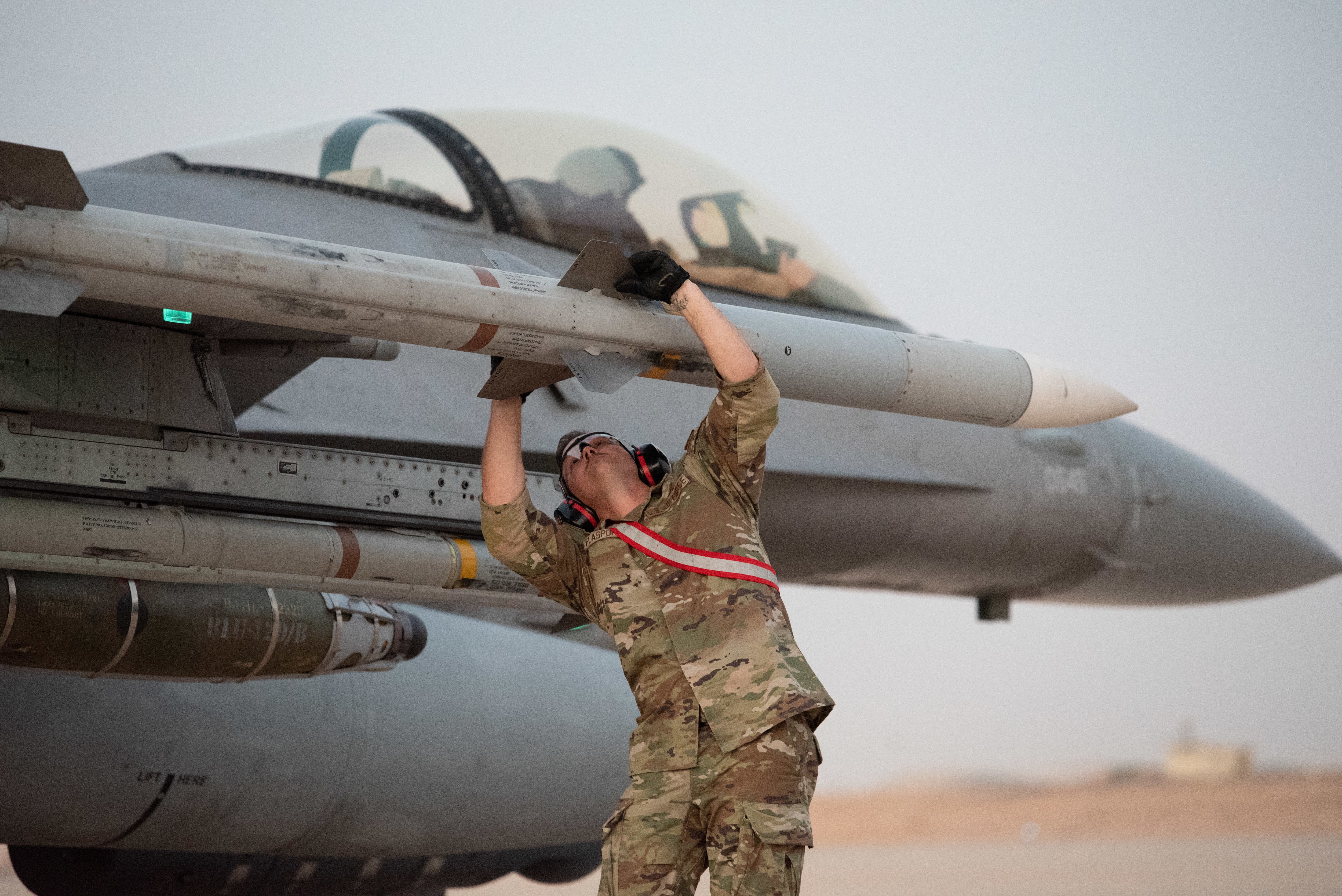
And an in-place combat wing would execute its missions without deploying, similar to Malmstrom Air Force Base, Montana, where the 341st Missile Wing can handle launching intercontinental ballistic missiles from home station without needing many additional resources.
The next step includes examining the service to identify which wings fall under each category. Then the service can begin to figure out the resourcing, the necessary manning and personnel to support them.
Details of the bigger picture are still coming together; the plan is expected to take years to complete.
Leaders envision a “plug-and-play” sort of structure where the Air Force could offer various combinations of those wings to the joint force as it seeks, for instance, strike packages in the Middle East or intelligence and deterrence teams in Europe. Providing more standard groups of capabilities can give defense officials a better idea of what and who the Air Force has in its arsenal — and its limits.
The airmen who comprise those deployed units will be expected to handle a wider range of tasks than in the past, Epperson said, to “level the playing field.” As an example, an explosive ordnance technician who might not be tasked to use those job skills daily could help an electrician or HVAC journeyman, or pitch in on airfield repair.
“There are a lot of people saying it’s doing more with less. I don’t think so,” he said. “I think it’s optimizing the airmen that we have, and making sure that they have that capability to help across the team.”
An expeditionary future
Those organizational shifts serve as a stepping stone to the Air Force’s eventual goal of creating groups known as “expeditionary air base teams.”
The central tenet of expeditionary air base teams is to build a team from one base, instead of cherry-picking airmen from across the service, and send those airmen to existing bases or one they can quickly assemble. Like the units that air task forces create, the team would include personnel that can set up flight operations, a support staff and leadership.
The air base squadrons that handle installation sustainment, protection and airfield management — like civil engineers and security forces — as part of an air task force or deployable combat wing would form the core of those expeditionary air base teams, the Air Force said.
The Air Force has practiced that expeditionary vision through large-scale exercises like last year’s Mobility Guardian, which sent 3,000 troops across the Pacific under the 437th Airlift Wing from Joint Base Charleston, South Carolina; and Air Combat Command’s “lead wings” — four fighter wings and an air base wing that were tapped in 2022 to coordinate a broader set of units and lead them in training and deployments.
The service also deployed an early iteration of an expeditionary air base team to the Middle East in October, just as the war between Israel and Hamas ignited. One of those deployed commanders “was able to operate at the ‘speed of trust’ from the second they got on the ground,” Epperson said, without providing further details: “That’s really what we’re trying to get to.”
RELATED
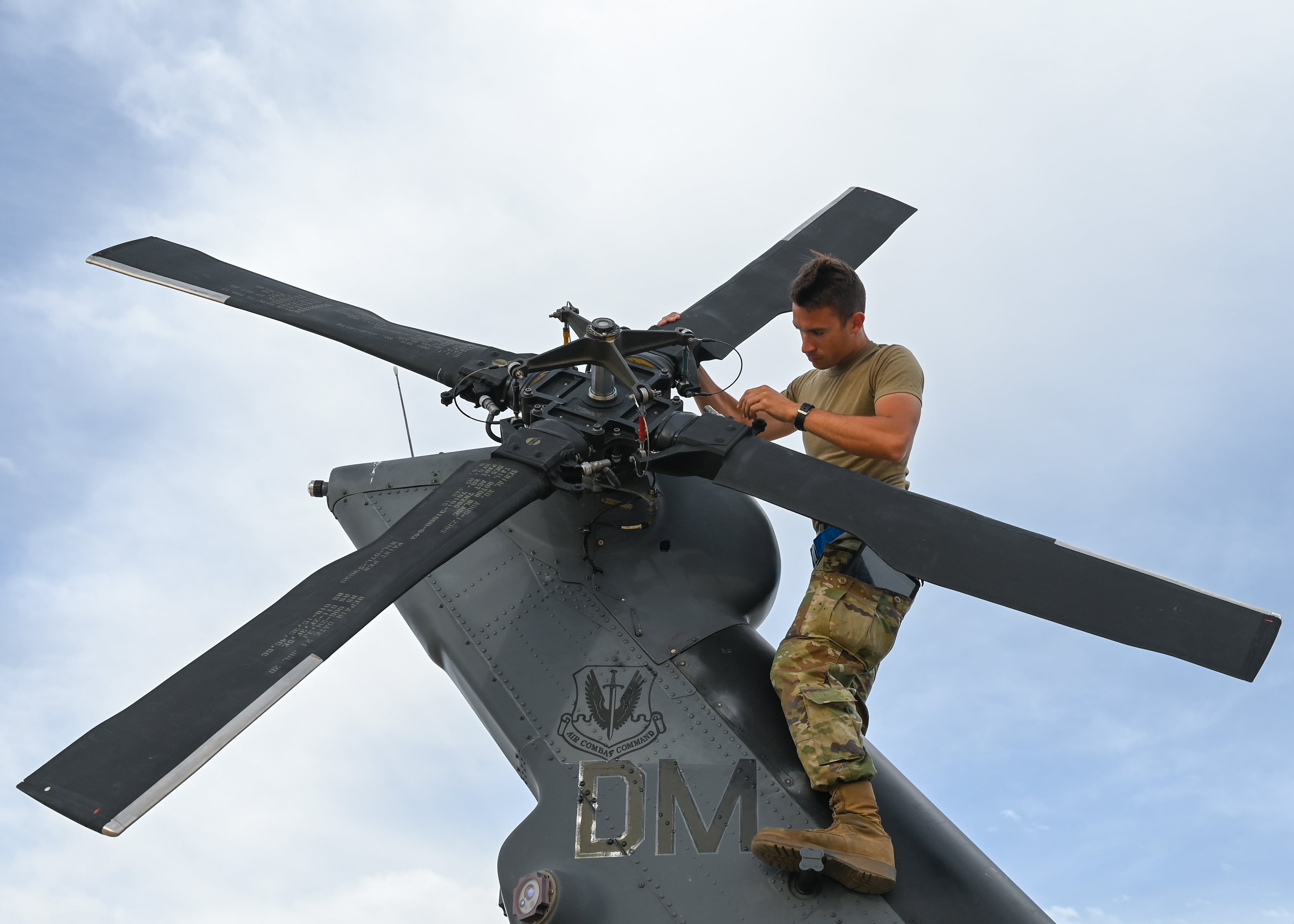
‘Devil in the details’
The air task force plan, first unveiled last fall and expanded over subsequent months, is among two dozen initiatives designed to outpace resurgent threats from Russia and China while the U.S. military continues to conduct counter-terror missions and police conflicts around the globe.
“We are out of time. We are out of time. We are out of time,” Kendall said. “For at least two decades, China has been building a military that is … purpose-built to deter and defeat the United States if we intervene in the western Pacific.”
The realignment also follows more than two decades spent reacting to the needs of combat commanders — particularly in the Middle East — in more piecemeal ways that drained the service of resources and manpower.
“The Air Force deployed to the Middle East in August of 1990,” Herbert “Hawk” Carlisle, a retired four-star general who led Air Combat Command from 2014-2017, told Air Force Times in an interview. “And we’ve never come home.”
In some ways, the Air Force is looking to its past to inspire its future.
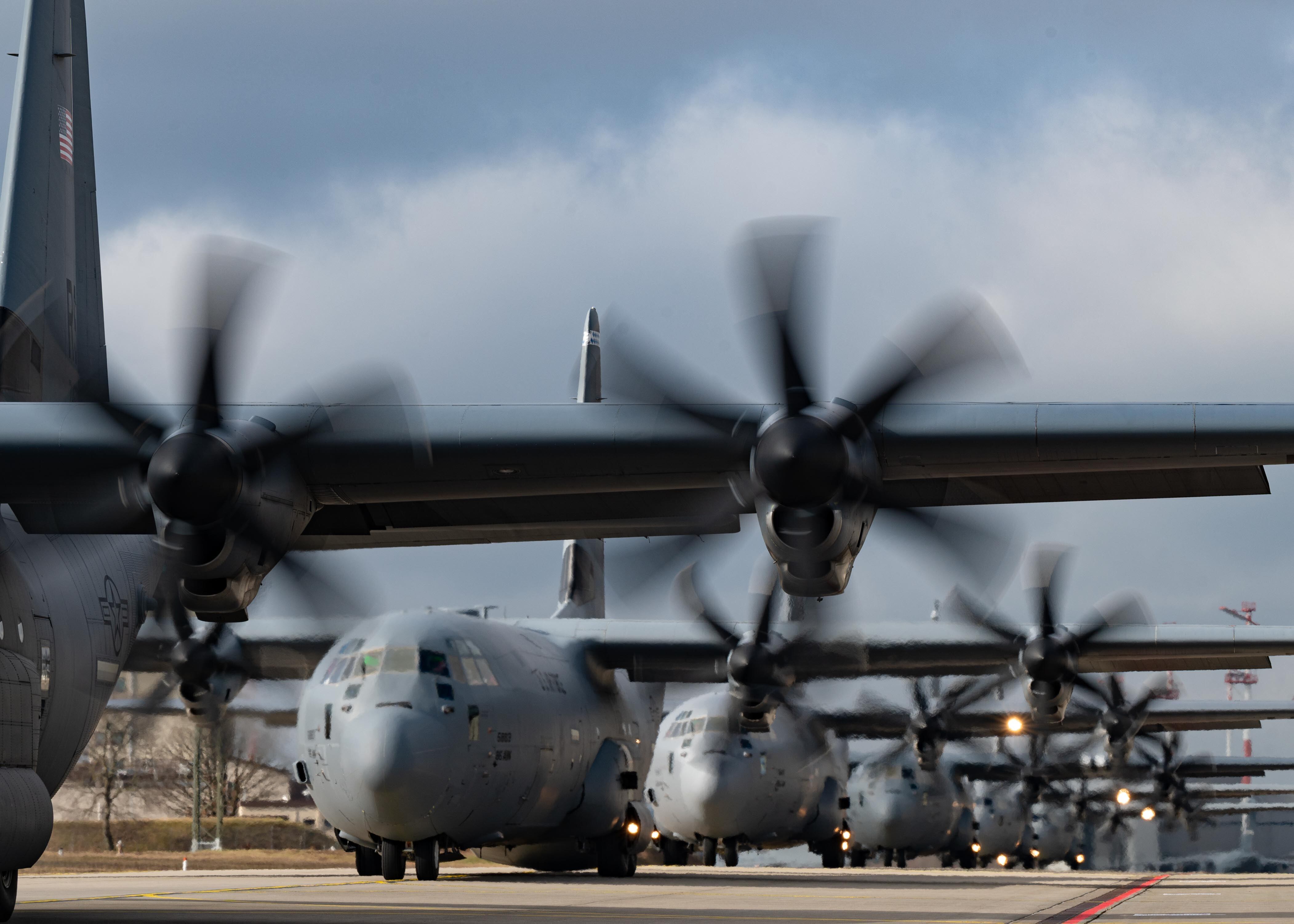
Carlisle and Birkey both pointed to the 1990s, when the service set up the 366th Fighter Wing as a response-ready composite wing made up of fighters, bombers, and tankers to meet Cold War challenges.
“That was disbanded, and part of it came down to money,” then-Lt. Gen. Mark Kelly, who commanded 12th Air Force at the time and went on to lead Air Combat Command as a four-star general, said in 2018. “The cost per flying hour of trying to sustain the small-fleet dynamics there didn’t look great on spreadsheets.”
But he argued the numbers failed to reflect that the money was paying for higher-quality training than other units across the Air Force received. And he cautioned that steady funding would be key to fueling a successful reorganization — which could pose problems if Congress continues to fail to pass annual spending bills by the start of each fiscal year. The Pentagon is still awaiting approval of its 2024 budget request, almost halfway through the fiscal year.
“I think they’re going to have to work hard on how to resource it, because the demand signal for the Air Force never goes down,” Carlisle said. “Look at how many combat forces we have deployed today that aren’t back at home station, that are in the Middle East or in the European theater.”
That includes manning. With combat wings set to focus on warfighting readiness, and base commands intended to support those wings and operate the base through war and peace, “there’s a limited number of people,” Carlisle said.
While Air Force leaders have said they don’t plan to recreate the composite wing of the 1990s, they contend resources are still challenging the service’s ability to keep up with daily operations and future planning. It remains to be seen whether the air task force or expeditionary air base team concepts will be more cost-effective than the Air Force’s current piecemeal approach.
Birkey suggested that the reorganization should be accompanied by a serious discussion about whether the Defense Department is investing in the right skills, weapons and vehicles.
“It is time to put on the table these resource conversations and this notion of true use, and cost per effect, and everything else to drive for the force we need,” Birkey said. “Reorgs can make us smarter [in] how we get there, but they cannot make up for [a] fundamental lack of resources that are going to undermine you no matter what you do.”
While there’s much to be done, Carlisle said he thinks Kendall is “spot on.”
“I think we’re doing the right thing. I think we have to do it,” he said. “But there’s a lot of work to be done and a lot of devil in the details.”
Courtney Mabeus-Brown is the senior reporter at Air Force Times. She is an award-winning journalist who previously covered the military for Navy Times and The Virginian-Pilot in Norfolk, Va., where she first set foot on an aircraft carrier. Her work has also appeared in The New York Times, The Washington Post, Foreign Policy and more.
